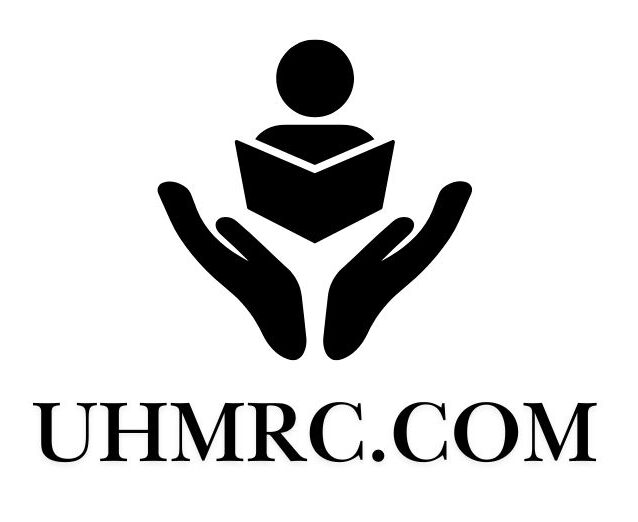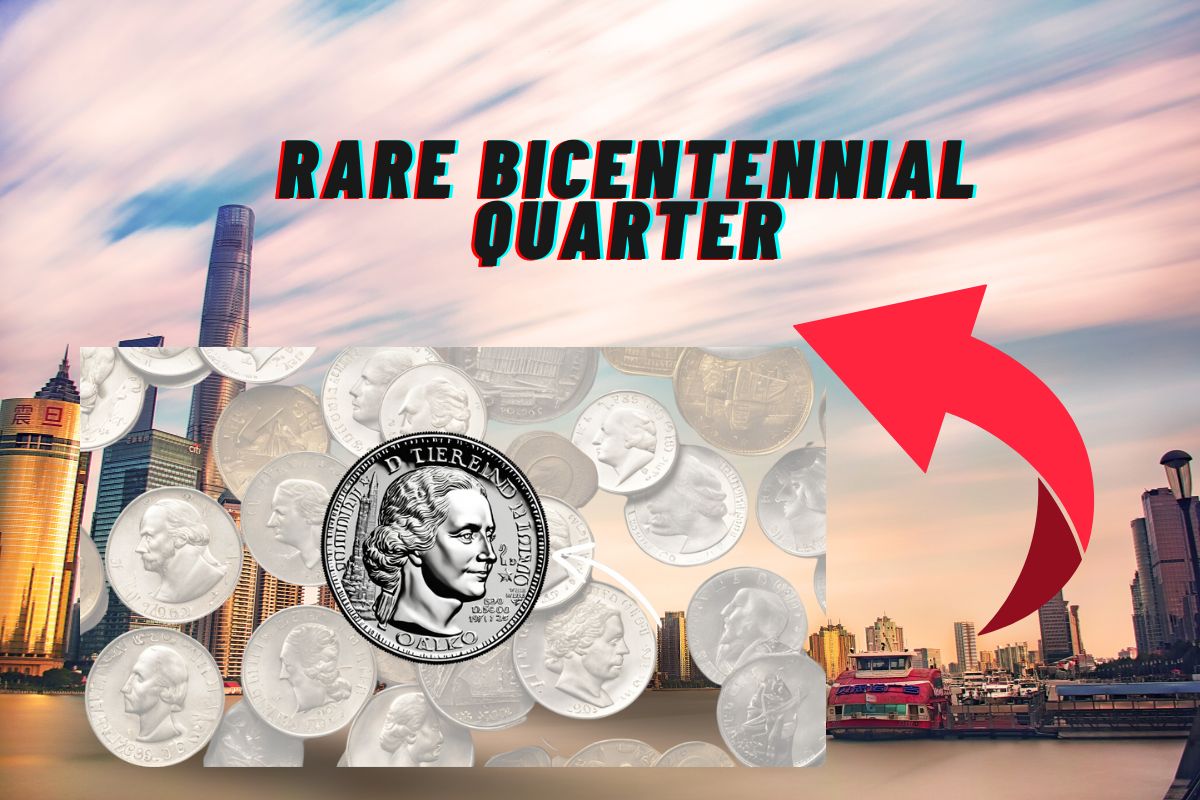Coin collecting is popular, but few coins match the Bicentennial quarter’s appeal. Issued in 1975 and 1976 for the U.S. 200th anniversary, these quarters are both historical and valuable. Most are worth just 25 cents, but some rare ones can sell for much more, turning a hobby into a profitable venture.
This guide will cover the Bicentennial quarter’s history, what makes it valuable, and the rare types. Whether you’re an expert or a beginner, you’ll find key insights on its history and value potential.
The Birth of the Bicentennial Quarter
The Bicentennial quarter was created to celebrate America’s 200th anniversary. In 1976, the U.S. Mint also launched special coins for this event. They included the quarter, half dollar, and dollar coins. These were the first commemorative coins to circulate in the U.S.
A public competition decided the quarter’s design, won by Jack L. Ahr. His design showed a Revolutionary War drummer boy with a victory torch. Thirteen stars surrounded him, each representing a founding colony. This design celebrated the nation’s independence and its original states.
The front of the coin featured George Washington, a design by John Flanagan. However, it was updated to include “1776-1976,” marking 200 years of independence. This made the Bicentennial quarter one of the most recognizable coins in U.S. history.
Minting and Distribution of Bicentennial Quarters
The Bicentennial quarter was minted in Philadelphia, Denver, and San Francisco. Philadelphia coins have no mark, while Denver and San Francisco coins are marked “D” and “S,” respectively. Production started in 1975 and featured the dates “1776-1976.” A total of 1.6 billion quarters were made to commemorate the event.
Released in 1976, these quarters became highly popular. They served both as collectors’ items and everyday currency. Over time, interest waned, and new designs took their place.
The Hunt for Rare Varieties
Most Bicentennial quarters are common and worth 25 cents. However, some rare ones are popular among collectors. Their uniqueness and scarcity increase their value. Here, we will discuss the most valuable Bicentennial quarters, focusing on their rarity and potential worth.
1. The 1976 Silver Proof Bicentennial Quarter
The 1976 Silver Proof Bicentennial quarter is unique and made of 40% silver. Unlike regular coins, it wasn’t for everyday use. Instead, it was sold in sets to collectors. Minted in San Francisco, its shiny, mirror-like finish sets it apart.
Due to its silver content and limited production, this quarter is worth much more than 25 cents. In perfect condition, it can fetch several hundred dollars. Its value depends on condition, rarity, and professional grading.
2. The 1976 Double Die Obverse
The 1976 Double Die Obverse quarter is famous and valuable. It’s a Bicentennial error coin. This coin shows doubled lettering on its front. Typically, the word “LIBERTY” and the date “1776-1976” are affected.
The doubling varies in severity. Thus, the value of these quarters depends on the visibility of the error. Prices can range from a few hundred to several thousand dollars. This variation is based on the coin’s condition and the extent of the doubling.
3. The 1976 No S Proof Quarter
The 1976 No S Proof quarter is one of the rarest and most valuable Bicentennial quarters. Struck at the San Francisco Mint, it lacks the usual “S” mint mark.
Only a few of these coins exist, making them extremely rare. When available, they can sell for hundreds of thousands of dollars. This price makes them highly sought after in coin collecting.
4. The 1976 Bicentennial Quarter on Wrong Planchet
Bicentennial quarters sometimes have rare mistakes. They were struck on wrong planchets, which are blanks meant for different coins. Collectors highly prize these error coins for their uniqueness and rarity. If a Bicentennial quarter design is stamped on a planchet for a dime or half dollar, it creates an extremely rare coin. Depending on the specific error and the coin’s condition, it can be worth thousands of dollars.
5. The $8.9 Million Bicentennial Quarter (Fact or Fiction?)
Recently, rumors have spread about a rare Bicentennial quarter worth $8.9 million. While exciting, these claims should be viewed skeptically. No Bicentennial quarter has sold for such a high price, and it’s unlikely any will. However, some rare ones, like the 1976 No S Proof quarter, have sold for hundreds of thousands. This shows that valuable examples can indeed be worth a lot.
Factors Affecting the Value of Bicentennial Quarters
The value of a Bicentennial quarter depends on several factors. Knowing these factors helps identify rare and valuable coins. Here are the key elements to consider:
1. Rarity
Rare coins are more valuable than common ones. For example, collectors highly prize the 1976 No S Proof quarter and the 1976 Double Die Obverse. Their scarcity makes them sought after. Generally, coins made in fewer numbers or with unique features are worth more than standard coins.
2. Condition
A coin’s condition significantly impacts its value. Pristine coins, graded MS-60 or higher, are much more valuable than worn ones. The value increases with the grade. Coins graded by trusted services like PCGS or NGC tend to be more valuable.
3. Mint Errors
Mint errors like the 1976 Bicentennial quarter on the wrong planchet or the 1976 Double Die Obverse can greatly boost a coin’s value. Such errors are rare, turning ordinary coins into highly desirable collector’s items.
4. Certification
Coins graded and certified by reputable services often sell for more. Certification guarantees a coin’s authenticity and assures collectors of its condition and value.
5. Historical Significance
The Bicentennial quarter marks America’s 200th anniversary and holds historical value. This link to history makes it appealing to collectors. They seek more than just monetary worth; they want a piece of American history.
Tips for Collectors
To start collecting Bicentennial quarters, follow these tips:
-
Learn About Them: Know the different types and features of Bicentennial quarters.
-
Check Your Change: Look for rare coins in your daily transactions.
-
Get a Magnifying Glass: Use it to spot details like lettering and mint marks.
-
Be Careful: Hold coins by the edges. Use gloves if needed.
-
Think About Grading: For rare coins, consider professional grading to ensure value.
The Future of Bicentennial Quarters
As the 250th anniversary of American independence in 2026 nears, interest in Bicentennial quarters is set to rise. These coins, valuable for their history and rarity, attract collectors and investors alike. They seek to add a piece of American history to their collections, whether for profit or personal interest. Indeed, the Bicentennial quarter remains a timeless treasure in coin collecting.
Rare Bicentennial Quarter Value and Conclusion
The Bicentennial quarter showcases America’s rich history and the joy of coin collecting. Most quarters are worth just 25 cents. Yet, rare versions can sell for hundreds of thousands of dollars, becoming treasures for collectors and investors. Whether you’re new to collecting or a seasoned numismatist, this quarter offers a thrilling way to own a piece of American history. Next time you find one, take a close look. You might be holding a small fortune. By learning about the different types and their value, you can uncover the potential of these intriguing coins. As history meets collecting, the Bicentennial quarter will continue to inspire future generations.

